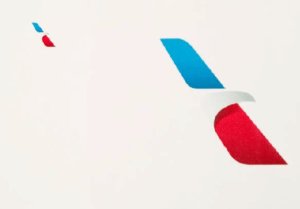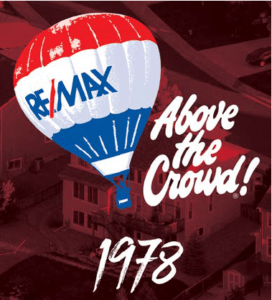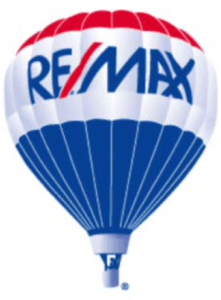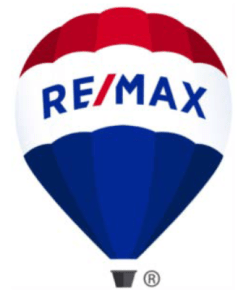IP Law Essentials
Can I Copyright My Logo?
Authors
-
- Name
- Person title
- Principal

-
- Name
- Person title
- Principal

Inside the United States Copyright Office is a Review Board that makes final agency determinations on copyright eligibility, by either accepting or rejecting applications to register a particular work and publishing a decision.[1] By studying Review Board decisions, we can better understand what the Office deems copyrightable. Today, we look at three recent decisions concerning whether company logos were copyrightable.
To be eligible for copyright protection, a logo (like any other copyrightable work) must be an original work of authorship fixed in a tangible medium of expression. And originality requires that a work possess a minimal, but sufficient level of creativity. Often, logos are combinations of basic shapes, colors, and texts. These individual elements may not be subject to copyright, but if arranged in a sufficiently creative manner or pattern, logos themselves can give rise to a protectable work.
How much creativity is required for my new logo to be copyrightable?
This is a difficult question but combining stylized letters and color coordination certainly help, as the Review Board recently made clear. It approved a registration for the NBA's logo titled "HEATCHECK GAMING with MH (Stylized) as Flame Design." In finding the logo copyrightable, the Board began by emphasizing that neither the stylized letters "M" and "H" nor the phrase "HEATCHECK GAMING" were independently copyrightable. Viewing the work as a whole, however, revealed the sufficient level of creativity required. Namely, the distortion and positioning of the stylized letters that gave them the appearance of a flame and the color coordination between the flame and phrase was sufficient to render the work as a whole copyrightable.
Three-dimensional depth also helps. In 2018, the Review Board approved a copyright registration for American Airline's logo titled "American Airlines Flight Symbol." American Airlines originally presented a lower resolution image of their logo, which prevented much of the detail from being appreciated and resulted in refusals to register. However, after receiving a higher resolution image, the Review Board noted that the aircraft tail was oriented at an angle and was curved, while the bird-head "hovered" above the tail giving it a three dimensional character. The color gradients and shading gave further depth to the work. These elements in combination rendered the work copyrightable.
 |  |
| AA Flight Symbol (Low Res) | AA Flight Symbol (Hi Res) |
What if I just want to make a different version of my existing logo?
Updating a logo is perfectly acceptable, but in order for updates to be copyrightable they must follow the rule noted above, namely, that they embody sufficient creativity. If you already have am existing logo and want to modify it, what you are creating may be a "derivative work." For the Copyright Office to register the derivative work, the new elements added relative to the original work must satisfy the minimal creativity requirement.
For example, the Review Board recently refused registration for RE/MAX's logo titled "RE/MAX Hot Air Balloon Logo." The updated logo (far right) is a derivative of a previous 1998 logo (center), both of which are predated by an original 1978 logo (left). The Board noted the shared features among the logo designs including the "traditional" shape and color pattern of the balloon, the orientation of the lettering, and the three dimensional perspective generated by the white lines or shading. Any differences between the updated logo and the prior logos were "merely trivial." And even though the updated logo was an abstraction with fewer elements than the prior logos, removing such detail was insufficient for registration. RE/MAX argued this situation was similar to the American Airlines issue, but the Board noted the RE/MAX logo was a derivative work whereby the differences from the prior logos rather than the logo as a whole were the focus of Board's analysis.
 |  |  |
| Original 1978 Logo | 1998 Logo | Updated Logo |
Whether you are interested in registering a copyright in your first logo or updating an existing one, the Copyright Office Review Board's decisions provide important guidance. Using stylized letters, color coordination, and the illusion of depth can all help satisfy originality and render otherwise non-copyrightable shapes and colors into a copyrightable logo. And if you are updating an existing logo, then the updates themselves need to be sufficiently creative for the Office to register the derivative work.
[1] The Review Board's determination constitutes a final agency action that is subject to judicial review under the Administrative Procedure Act.
More questions? Contact the authors or visit Fish’s Intellectual Property Law Essentials
Authors: John Goetz, Kristen McCallion, and Ryan Petty
The opinions expressed are those of the authors on the date noted above and do not necessarily reflect the views of Fish & Richardson P.C., any other of its lawyers, its clients, or any of its or their respective affiliates. This post is for general information purposes only and is not intended to be and should not be taken as legal advice. No attorney-client relationship is formed.